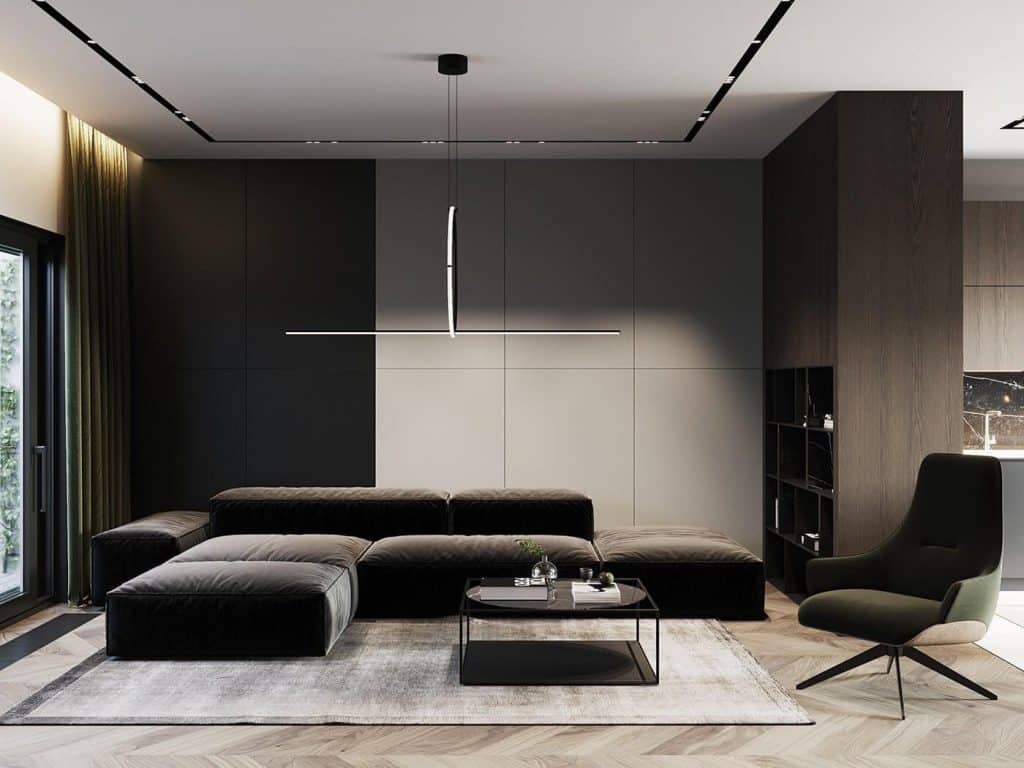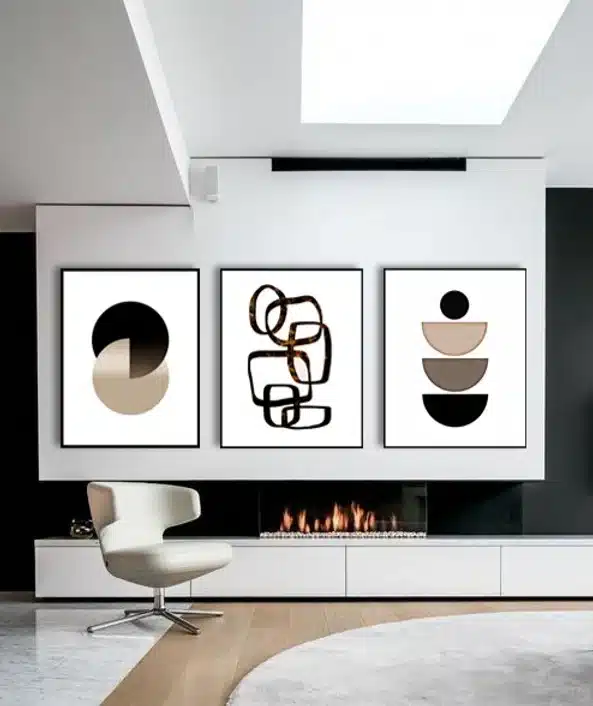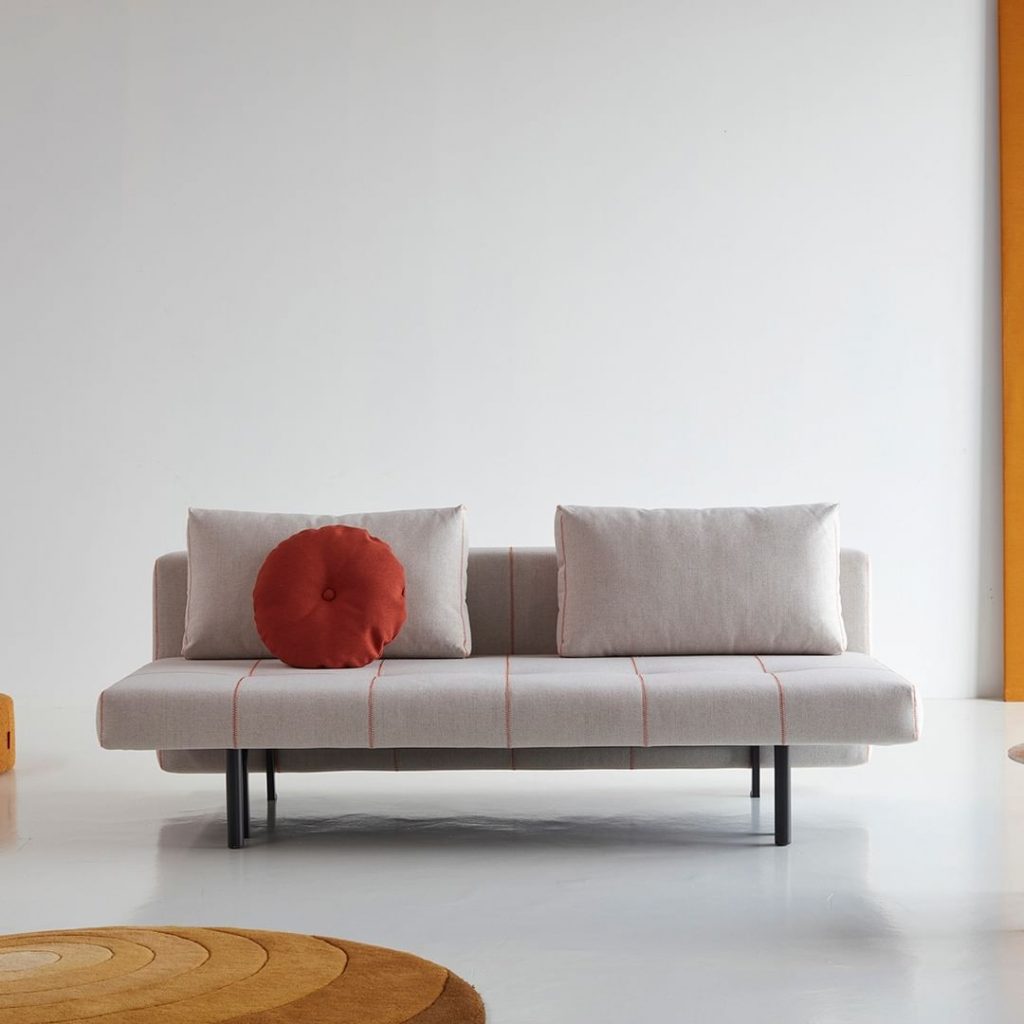Minimalism in the interior is one of the most popular modern styles, which quickly became part of our reality. Today it is fashionable to give up the superfluous, to choose a simple and concise design, to live in a free space, not overloaded with details and bright colors. Many people think of half-empty rooms and mattresses instead of a bed, gray walls, and the habit of limiting themselves in everything when they hear the word “minimalism”. But this is not true. Minimalism is about a lot of air, natural materials, stylish and comfortable environment. This is a representation of a living space that is perfectly harmonized and balanced. And in this article, you will emphasize for yourself the main points of arranging rooms in this popular style.
What Are The Principles Of Minimalist Design?

Minimalism, as a trend, originated in the 1960s in Western art and set as its goal the creation of the simplest structures. Japanese designer Naoto Fukusawa claims that in a minimalist environment, objects and interior elements fit perfectly together, and the overall picture evokes a feeling of completeness and entireness. The basic principles of minimalism are rooted in the rules of Zen, and the Japanese style is the source from which the designers take inspiration. The decor, in their opinion, should not be distracting, just as a pen does not distract a person while writing or a glass while drinking.


Ceiling And Lighting
The ceiling should not load the interior and be bulky. Therefore, the content of complex elements in its design is undesirable. It is best to paint it in a light color of colder shades, giving it a smooth texture, or install a stretch ceiling. With a large area of the room, multi-level ceilings can be a great solution. The lighting system plays an important role in minimalism. Interior lighting should be multifaceted and layered to illuminate each area according to its importance. For example, a central chandelier will highlight the main space, where most of the furniture and interior items will be located.

Furniture
Modern minimalism in the interior is only 20% of the furniture. It should be made of natural materials and simple geometric shapes, and be multifunctional. Usually, one item easily replaces several: a transforming sofa, a table that replaces the work surface, a wardrobe with a reclining bed, etc. That is, technology is built-in, and storage systems are hidden from prying eyes. Cabinet doors of this style are most often glass and frosted, leather sofas – with small rectangular or square pillows. Cubic chairs and armchairs with light monochromatic upholstery are also appropriate in the interior. It is better to purchase a coffee table on wheels so that it can be easily moved to another room.



Textile
Long-piled bedside rugs, plain silk curtains, or soft-colored blinds will help to follow the principles of a minimalist style. The design of window openings can also be attractive. For this task, it is not necessary to use plain curtains. You can choose gradient options or fabric with a light geometric pattern. Buying cute linens, and upholstery with contrasting stripes and black and white or gray prints will also be a great solution. There is no strict style limit on beige with white rectangular rugs that go well with the interior. As an alternative, designers offer woolen, cotton, or jute products with a long pile.

Decor
Even though minimalism encourages the absence of decor, you can’t do without it in this style. Still, decor elements also have an important function, which is to create beauty and comfort. Decorative elements in minimalism only complement the overall atmosphere and do not draw attention to themselves. Photos or paintings on the walls, a large floor vase, indoor plants, bright sofa upholstery, a carpet on the floor – all this fits quite well into the chosen style. The main rule that makes sense to follow when choosing a decor is that it should fit the overall style of the room, and not stand out from it. Unusual statuettes and tiny caskets, ikebana, illustrations, and clocks organically fit into the style concept.



The whole essence of minimalism is to maximize the unloading of the room, filling it with air and light. Designers assure that in minimalism furniture should occupy no more than 25% of the space. At the same time, it should contain everything necessary for a comfortable life: bedding and casual decoration, kitchen utensils, and household appliances. Nothing should be left in sight, all surfaces should please the eye with cleanliness and emptiness. This home improvement option is suitable for those people who value functionality, consistency, and strictness.



